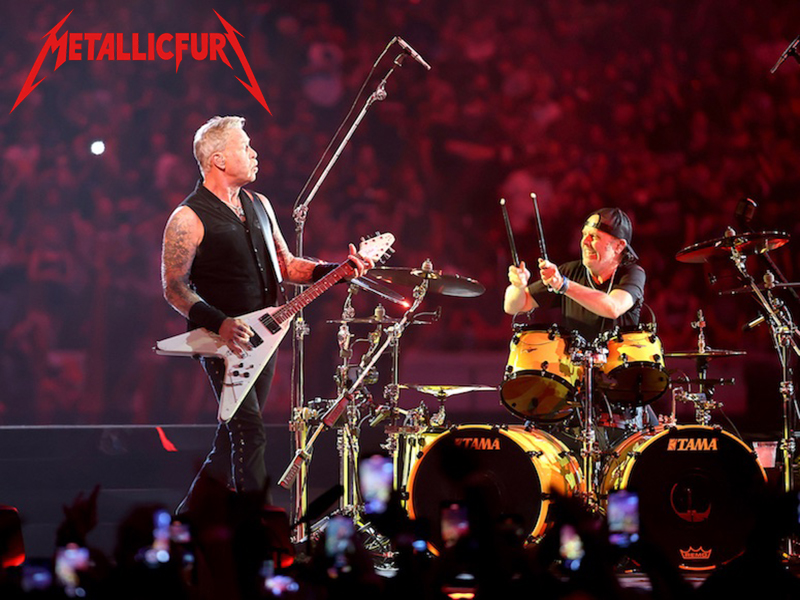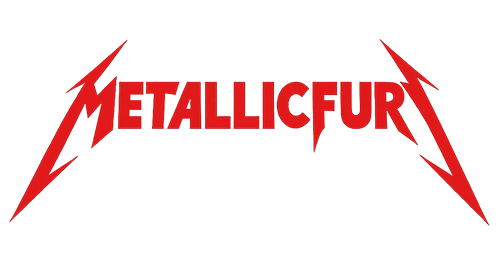Metallica Blog
Metallica Super Bowl 2026 Halftime Show: Will the Band Finally Take the Stage?
The question circling fans and music editors alike: Could Metallica finally headline the Super Bowl Halftime Show in 2026? With Super Bowl LX set for Levi’s Stadium in Santa Clara — deep in the band’s Bay Area backyard — the idea has momentum. This article examines the cultural, logistical, and industry factors that make a Metallica halftime appearance both plausible and complicated, and points fans to ways to celebrate the moment whether it happens or not.
1. Historical Context: From “Too Heavy for Halftime” to an Open Invitation
The Super Bowl Halftime Show has transformed dramatically over the decades. Once dominated by marching bands and local performers, it is now a global showcase reserved for the biggest names in pop, R&B, and hip-hop. Rock and heavy metal acts have largely been sidelined, with exceptions like The Rolling Stones (2006) and The Who (2010), but even those examples leaned more toward classic rock than heavy metal’s intensity.
For Metallica, the turning point came in 2016, when Super Bowl 50 was hosted in San Francisco, just miles from the band’s Bay Area roots. Fans expected the NFL to choose them as the logical hometown act. Instead, Coldplay was selected, joined by Beyoncé and Bruno Mars. Metallica’s response was bold—they staged their own massive show, “The Night Before,” at AT&T Park. The concert drew over 40,000 fans, surpassing the live attendance of the Super Bowl itself.
This move solidified their reputation as “Too Heavy for Halftime,” a phrase that became part of the band’s legend. Yet over time, their position has softened. Drummer Lars Ulrich has admitted in interviews that the band would love to perform, especially if the Super Bowl returned to their home turf. With Levi’s Stadium in Santa Clara set to host Super Bowl LX, the possibility feels closer than ever.
2. Why the Timing Could Be Right
Renewed Cultural Relevance
Pop-culture moments have reintroduced Metallica to younger audiences — most notably a viral scene on Stranger Things that sent streams of “Master of Puppets” surging. That crossover appeal strengthens the band’s case to headline an event that must attract both legacy fans and Gen Z viewers.
Celebrity & Industry Support
High-profile artists and producers influence halftime decisions. Public endorsements (and friendly nudges from artists who recently headlined) can sway perception. That cross-genre goodwill matters when the NFL and its partners (Apple Music, Roc Nation) assess mass-market impact.
Home-Field Advantage
A Super Bowl in the Bay Area removes one major obstacle — the “Will the hometown crowd care?” question. Levi’s Stadium offers a narrative that media love: a hometown icon returning to the biggest U.S. stage.
3. Real Barriers — Logistics, Sound, and Identity

Production Constraints
The standard halftime window (roughly 13 minutes on-air, only 6–7 minutes allowed for staging) favors acts built around quick-change staging and split-second cues. A full rock band setup — drum kits, multiple amps, complex instrument changes — complicates the quick turnarounds that producers demand.
Sound and Authenticity
Open-air stadium acoustics are tough. Pop acts often use backing tracks for consistent sound; Metallica’s brand centers on live performance. Producing a faithful, powerful live sound for “Enter Sandman” or “One” under halftime constraints would tax even top audio engineers.
The Band’s Philosophy
James Hetfield has, at times, dismissed spectacle-driven TV moments as “vaudeville.” That philosophical tension — authenticity versus spectacle — is real. Even if the NFL wants Metallica, the band must want it on their terms.
4. What a Metallica Halftime Could Look Like (If It Happened)
If Metallica agreed, producers would likely adapt: tailored medleys (three-to-four songs) that highlight signature riffs and chorus moments, careful use of backing tracks to fill sonic gaps, and a simplified, high-impact stage design. A hometown audience could react with unparalleled intensity — imagine thousands singing “Master of Puppets” together under stadium lights.
5. Cultural Impact: More Than a One-Night Stunt
If Metallica headlined Super Bowl LX, the moment would be historic in multiple ways:
-
Genre recognition: It would signal mainstream acceptance of metal’s cultural relevance.
-
Generational bridge: New fans (many introduced via TV/streaming) would see the band on the biggest live TV stage.
-
Local pride: A hometown performance at Levi’s Stadium would be a symbolic homecoming.
Whether or not the NFL takes the leap, the conversation itself demonstrates metal’s continuing cultural force.
6. Conclusion — Plausible, Not Guaranteed
Metallica headlining Super Bowl LX is plausible given the location, renewed pop-cultural relevance, and high-profile support — but it’s far from guaranteed. Logistics, sound challenges, and mixed feelings within the band create real obstacles. Should it happen, however, it would be more than a show: it would be a cultural milestone.
Want to celebrate the idea with official-looking merch? Explore MetalicFury for limited-edition jerseys, hoodies, and stadium-ready apparel at MetalicFury – Official Metallica Merchandise.
